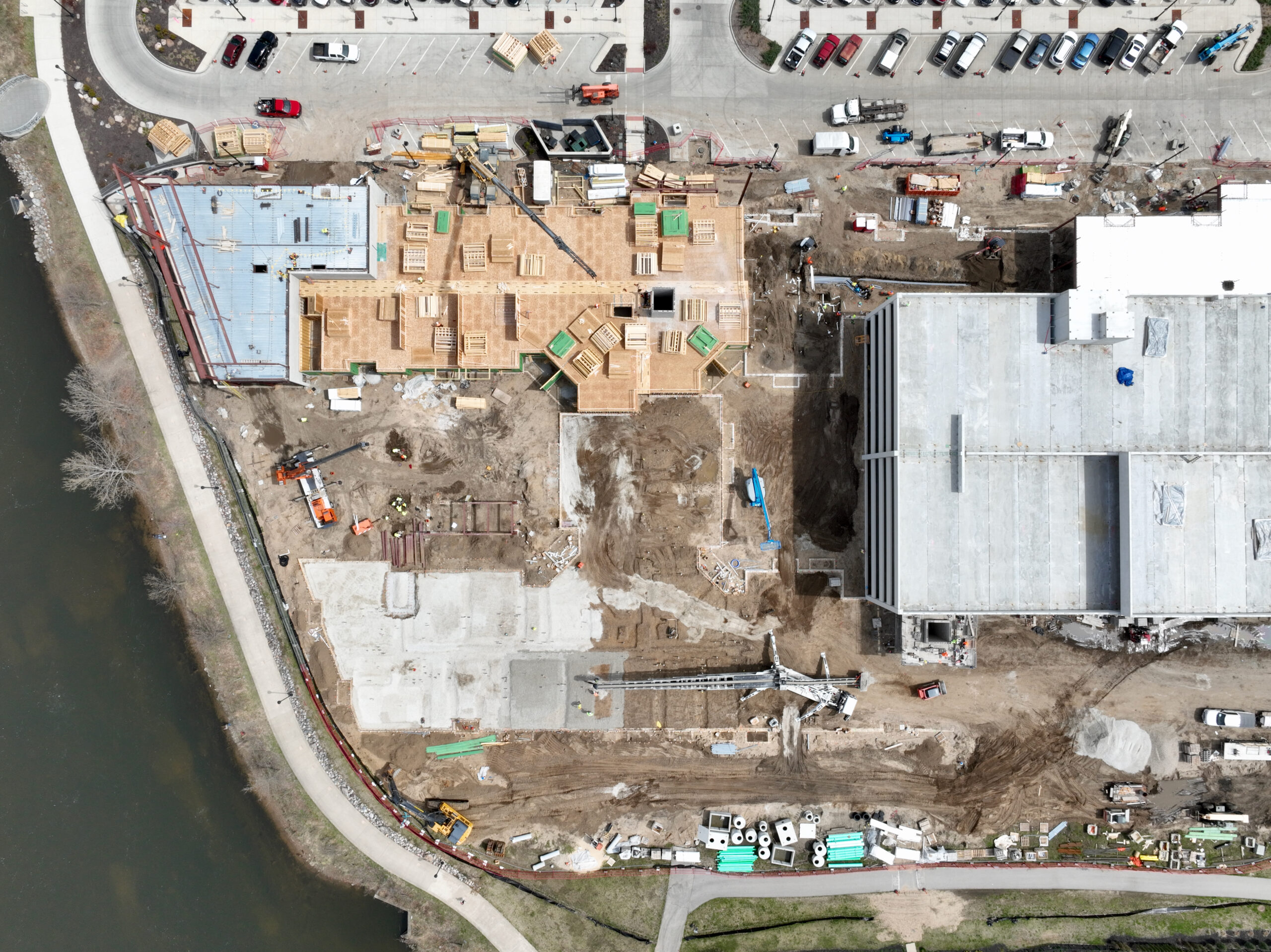Understanding TIF Fund Uses: A Critical Tool for Local Economic Development
Tax Increment Financing (TIF) is a financial tool widely used by local governments to fund infrastructure improvements in targeted areas with the goal of promoting economic growth and development. It is especially popular among municipalities looking to revitalize underdeveloped or distressed areas without raising taxes or using general revenues. By leveraging future property tax increases […]

Tax Increment Financing (TIF) is a financial tool widely used by local governments to fund infrastructure improvements in targeted areas with the goal of promoting economic growth and development. It is especially popular among municipalities looking to revitalize underdeveloped or distressed areas without raising taxes or using general revenues. By leveraging future property tax increases that result from new development, TIF enables local governments to finance infrastructure projects such as roads, utilities, and public amenities that are essential for growth.
In this writing, we will explore the various uses of TIF funds, how TIF works, its benefits, and how it is being applied across different counties, particularly in Indiana.
How TIF Works
The central concept of Tax Increment Financing revolves around the establishment of a designated TIF district. Within this district, local governments fund infrastructure projects by issuing bonds that are paid off using future property tax revenues generated by the increased value of the property within the district. The assessed value of the properties in the TIF district is divided into two parts: the base assessed value (which remains taxable by local governments) and the incremental assessed value (which is generated by the development within the TIF district).
The property tax revenue generated from the incremental value is allocated to repay the bonds used to fund the infrastructure improvements. Once the bonds are fully paid, the TIF district expires, and the incremental tax revenue is redirected to the local government.
Common Uses of TIF Funds
TIF funds are typically used for several key purposes:
- Infrastructure Improvements: One of the most common uses of TIF funds is the construction of essential infrastructure such as roads, water and sewer systems, utility systems, and public amenities. These improvements are necessary to make an area more attractive to businesses and developers. Without such infrastructure, attracting investment becomes challenging, potentially impeding economic growth.
- Public Amenities: In addition to basic infrastructure, TIF funds are often used for amenities that improve the quality of life for residents and businesses. This can include parks, public transportation infrastructure, and other community-oriented developments. These amenities can make a neighborhood more appealing, stimulating economic growth in the area.
- Commercial and Residential Development: While TIF is primarily used to fund infrastructure, it is also used to support the development of commercial and residential projects. For example, the funds may help cover the cost of land acquisition, property development, and other necessary expenditures for new developments.
- Business Attraction and Retention: TIF can also be used to incentivize businesses to invest in a particular area, especially in locations that might be considered high-risk or lacking the necessary infrastructure to support large-scale development. By offering property tax incentives or infrastructure improvements funded by TIF, local governments can encourage business investment in targeted areas.
- Job Creation: Though not always directly linked, some TIF projects are designed to create jobs. For instance, TIF-funded developments that attract new businesses or industries to an area can increase employment opportunities. However, research on TIF’s effect on job creation has shown mixed results, with some studies indicating small to no impacts on employment in TIF districts.
Benefits of TIF
When used properly, TIF can be highly beneficial for local governments and communities. Some of the key benefits include:
- Economic Growth: By improving infrastructure and promoting development, TIF can stimulate economic growth in areas that otherwise may not attract investment. This growth can lead to increased property values, which benefits both the local economy and property owners.
- No Tax Increases: One of the main appeals of TIF is that it does not require tax increases for existing residents. The increased property tax revenue used to pay back the bonds comes from the new development within the TIF district. Historically, TIF bonds were issued as municipal-backed bonds; however, the trend has shifted toward developer-backed bonds. This can make TIF an attractive option for communities that are hesitant to raise taxes for infrastructure improvements.
- Improved Property Values: TIF can lead to an increase in property values in the district, both for properties within the district and for surrounding areas. This increase in value can result in higher overall property tax revenues once the TIF district expires and the incremental value is made available for general taxation.
- Job Creation and Community Development: In many cases, TIF-funded projects lead to the creation of new jobs and businesses. These developments help to revitalize struggling areas, improve local amenities, and create a more vibrant community.
Maximizing the Potential of TIF for Sustainable Economic Growth
Tax Increment Financing is a tool that, when used correctly, can significantly contribute to local economic development. It can help fund necessary infrastructure improvements, attract businesses, and revitalize struggling areas without raising taxes. However, it is critical that TIF is used judiciously and that evidence is presented to show that the development would not have occurred without the infrastructure funded with TIF. Proper use of TIF ensures that communities benefit from increased property values, job creation, and improved infrastructure, without negatively impacting existing taxpayers or other local governments. As TIF continues to grow in use, especially in urban areas, its effectiveness will depend on careful planning, transparency, and adherence to the municipality’s goals. Contact Hageman Capital today to learn how our services can add value to your project.